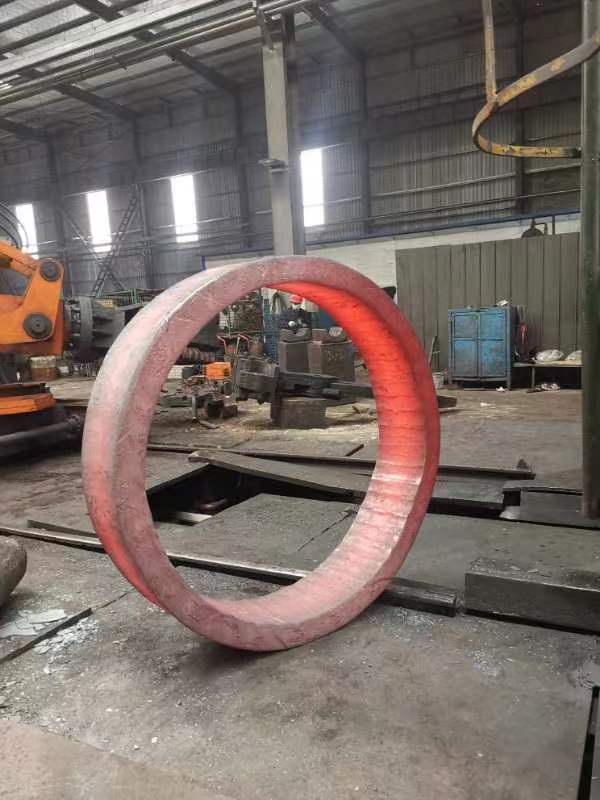How to choose the material of forging reasonably?
2023-10-16
How to choose the material of forging reasonably?
The reasonable selection of materials and the specification of the technical requirements of heat treatment are of great significance to improve the strength and service life of the shaft parts, and have a great impact on the processing of the shaft.
Materials for shaft forgings. General shaft parts commonly used 45 steel, according to different working conditions using different heat treatment specifications (such as normalizing, tempering, quenching, etc.), in order to obtain a certain strength, toughness and wear resistance.
For shaft parts with medium precision and high speed, alloy steel such as 40Cr can be selected. This kind of steel has higher comprehensive mechanical properties after tempering and surface quenching treatment. High precision shafts are sometimes made of bearing steel GCrls and spring steel 65Mn, which have higher wear resistance and fatigue resistance after tempering and surface quenching treatment.
For the shaft working under the conditions of high speed and heavy load, 20CrMnTi, 20MnZB, 20Cr and other low-carbon gold-bearing steel or 38CrMoAIA nitride steel can be selected. After carburizing and quenching treatment, low carbon alloy steel has high surface hardness, impact toughness and core strength, but the deformation of heat treatment is very small.
Blank of shaft parts. The blank of shaft parts is most commonly used in round bar materials and forgings, and only some large and complex shafts use castings.
The processing of shaft forgings has dimensional accuracy, geometric shape accuracy, position accuracy and surface roughness.
The journal is the main surface of the shaft parts, which affects the rotation accuracy and working state of the shaft. The diameter accuracy of the journal is usually IT6 ~ 9 according to its use requirements.
The geometric shape accuracy of the journal (roundness, cylindricity) should generally be limited to the diameter tolerance point. When the accuracy of the geometric shape is required to be higher, the allowable tolerance can be specified separately on the forging drawing.
The position accuracy mainly refers to the coaxial degree of the matching journal of the assembly transmission member relative to the supporting journal of the assembly bearing, which is usually expressed by the radial circular runout of the matching journal to the supporting journal. According to the requirements of use, the high-precision axis is stipulated to be 0.001 ~ 0.005mm, while the general precision axis is 0.01 ~ 0.03mm. In addition, there are requirements for the coaxiality of the inner and outer cylinders and the perpendicularity of the axial positioning end face and the axial center line.




